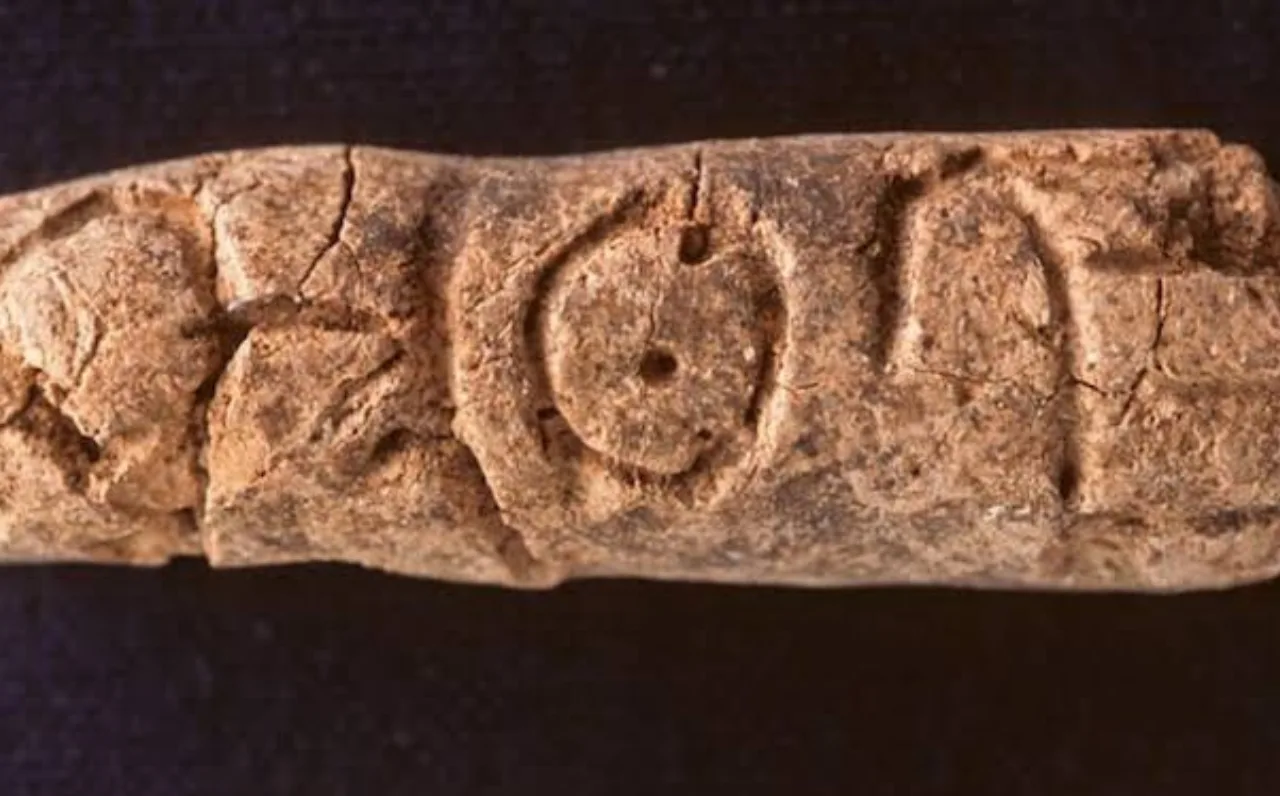A team of international archaeologists has uncovered what is being hailed as the oldest known alphabetic writings, shedding new light on the development of human language. The inscriptions, dating back over 4400 years, were discovered in the ancient site of Ugarit (modern-day Ras Shamra, Syria), a critical port city in the ancient world that was known for its vibrant trade and cultural exchange.
The findings, published in a recent issue of The Journal of Near Eastern Archaeology, represent an extraordinary breakthrough in the study of ancient writing systems. While the Ugaritic script has been known to researchers for decades, the newly uncovered inscriptions contain the earliest examples of alphabetic writing, which predate similar finds in the Sinai Peninsula and other parts of the Mediterranean.
Researchers are excited by the discovery because it offers crucial insights into the origins of alphabetic writing, a system of communication that eventually gave rise to modern alphabets used in languages such as English, Hebrew, Arabic, and many others.
“These inscriptions offer an extraordinary window into the earliest development of the alphabet, which is a fundamental shift from earlier writing systems, such as cuneiform and hieroglyphs, which relied on logograms or syllabic signs,” one of the lead archaeologists involved in the excavation. “This discovery reinforces the idea that the alphabet was not only an innovation of the Ugaritic people but also a critical moment in the evolution of human literacy.”
Ugarit was a thriving port city on the Mediterranean coast between the 18th and 12th centuries BCE. It was a hub of trade and culture, linking the ancient civilizations of the Near East, Egypt, Anatolia, and the Aegean. The city’s strategic location made it a melting pot of different cultures and languages, including Akkadian, Egyptian, Hittite, and Canaanite.
The newly discovered alphabetic inscriptions were found in a series of clay tablets and fragments, some of which contain names, titles, and religious references. These texts were part of a larger collection of records including diplomatic correspondence, trade agreements, and administrative documents.
The alphabetic script uncovered in Ugarit consists of 30 characters, each representing a consonant sound, a striking departure from earlier writing systems that used complex symbols or syllabic signs. Unlike cuneiform (used in Mesopotamia) or Egyptian hieroglyphs, which combined logographic and phonetic elements, the Ugaritic script is based purely on phonetic symbols. This simplicity and efficiency would influence the development of other alphabetic systems in the ancient world.
Historians have long speculated that the Ugaritic script was an early form of the Phoenician alphabet, which is often regarded as one of the most influential writing systems in the history of the ancient world. The Phoenicians, who lived along the eastern Mediterranean coast in present-day Lebanon, are credited with spreading the alphabet throughout the Mediterranean basin, laying the foundation for the Greek, Latin, and Arabic alphabets.
The discovery in Syria suggests that Ugarit played a crucial role in the early development of alphabetic writing. The Ugaritic script’s simple, phonetic nature may have served as an important prototype for later alphabetic systems, including those used by the Phoenicians and Hebrews.
“This discovery fills in a critical gap in our understanding of the alphabet’s evolution,” said Dr. Emily Walker, a historian specializing in ancient Near Eastern languages. “The Ugaritic alphabet likely played a key role in influencing the development of writing systems throughout the Mediterranean and the ancient Near East. The simplicity and versatility of the script meant it could be adapted to different languages, which is why it became so widespread.”
Researchers also point out that Ugarit’s role as a trade center likely facilitated the spread of the alphabet. As merchants from across the ancient world came and went, they would have encountered the Ugaritic script and, over time, adapted it for their own purposes. This kind of cultural diffusion is seen as one of the key mechanisms by which alphabetic writing spread to other civilizations.
The discovery has significant implications for our understanding of the origins of writing. The Ugaritic script is believed to be among the earliest forms of alphabetic writing, and its simplicity suggests that alphabetic systems may have emerged independently in different parts of the ancient world. This raises important questions about the social, cultural, and technological factors that contributed to the development of writing.
“We are still piecing together how and why the alphabet emerged in the ancient world”. “But this discovery offers a new piece of the puzzle, allowing us to rethink the interconnectedness of ancient civilizations and the role of writing in shaping the course of human history.”
While the discovery of these inscriptions is groundbreaking, researchers caution that much work remains to be done. The site of Ugarit is an active archaeological dig, and further excavations are expected to reveal even more fragments of the alphabetic script. Additionally, ongoing analysis of the inscriptions may help clarify the exact relationship between Ugaritic, Phoenician, and other ancient alphabets.
